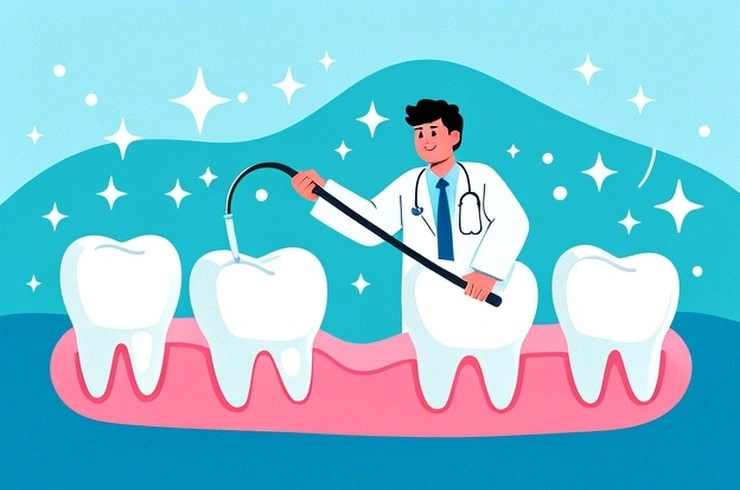
When it comes to cavities, there's more to them than meets the eye. While you might associate "cavity" with a progressing hole in your tooth, some types of decay can actually stop in their tracks. These are known as arrested caries, and understanding them is key to comprehensive oral health.
Dental caries is the scientific term for cavities, which are areas of tooth decay caused by acid-producing bacteria in our mouths. These bacteria feed on sugars, and the resulting acid erodes tooth enamel. If left unchecked, this erosion can reach the underlying dentin. The appearance and severity of cavities vary based on their location and stage, influenced by factors like an individual's biology, environment, and behaviors. For instance, using fluoride can prevent cavities, while neglecting to brush can increase the risk of decay.
Arrested caries are distinct because they are inactive and no longer progressing. These areas of decay are typically found where plaque hasn't significantly accumulated. They often present visually as brown or sometimes whiter spots (known as white spot lesions) that appear shiny. Unlike active decay, which might show a dark gray shadow, arrested decay lacks this shadow because it hasn't advanced into the dentin. Dentists usually diagnose arrested caries through visual inspection and touch. Inactive cavities feel smooth and hard, a stark contrast to the sticky or soft texture of progressing cavities.
The good news is that arrested caries usually don't require surgical treatment like fillings, unless they impair tooth function. If an arrested cavity is aesthetically concerning, particularly in visible areas, cosmetic options like bleaching might be considered. Your dentist can provide the best recommendation based on your individual situation.
Even if you've had arrested tooth decay, it's a good prompt to review your oral hygiene habits. To prevent future decay, the Cleveland Clinic recommends a few crucial steps: brush your teeth twice daily with fluoride toothpaste and use floss or interdental cleaners to clean between teeth. Reducing your intake of sugary and starchy foods is also vital. Additionally, discuss fluoride applications or sealants with your dentist for added protection. Regular dental check-ups are essential to catch any issues early, making them easier to treat.
While arrested cavities often pose no threat to your oral health and may not require intervention, maintaining excellent oral hygiene and attending regular dental appointments are paramount to preventing all forms of tooth decay.
Disclaimer: This article aims to promote understanding of general oral health topics and should not replace professional dental advice, diagnosis, or treatment. Always consult your dentist or healthcare provider with any questions about your medical condition or treatment.
Pro Tip
The content of the article is shared by netizens, please carefully identify it